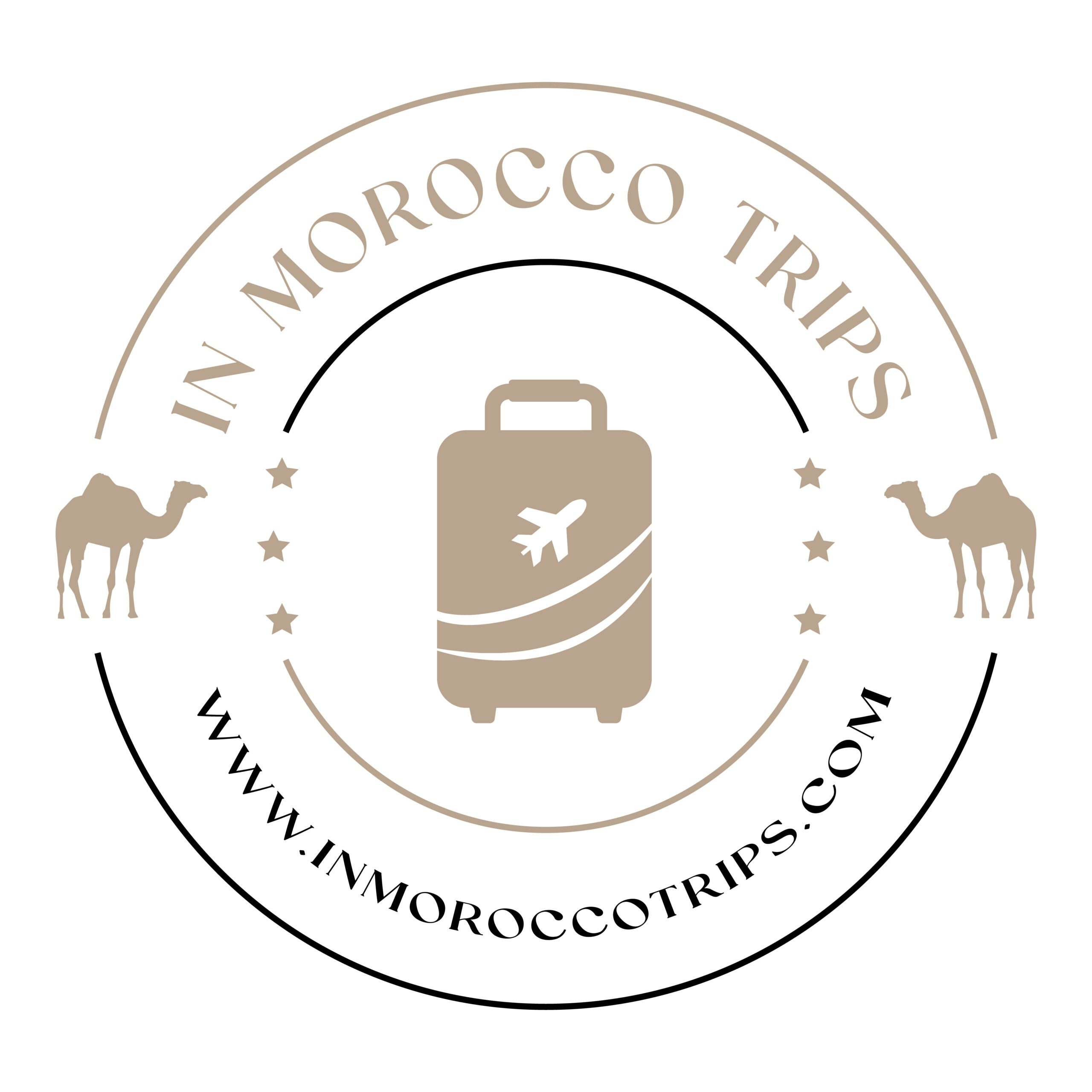Moroccan Languages: A Rich Linguistic Tapestry
Morocco is a country of diverse cultures, traditions, and languages. Thanks to its unique history of indigenous Berber heritage, Arab influences, and colonial history, the linguistic landscape of Morocco is one of the most fascinating in the world. In this article, we explore the various languages spoken in Morocco, their significance, and how they coexist in daily life.
Official Languages of Morocco
Modern Standard Arabic (MSA)
Modern Standard Arabic (MSA), also known as “Fus’ha,” is one of the two official languages of Morocco. It is used in formal settings, government institutions, education, and media. However, MSA is not a spoken language in daily life; rather, it serves as the written and literary standard, ensuring communication across the Arab world.
Amazigh (Berber) Language
The Amazigh language, also officially recognized, represents the indigenous Berber communities of Morocco. It was granted official status in 2011, reflecting the nation’s effort to preserve its rich Berber heritage. The Amazigh language is written in the ancient Tifinagh script and consists of three main dialects spoken across different regions:
-
Tamazight (Central Morocco, Middle Atlas region)
-
Tachelhit (Southwestern Morocco, Anti-Atlas, and Souss Valley)
-
Tarifit (Northern Morocco, Rif Mountains)
These dialects are widely spoken in rural areas and have seen increased representation in education and media since gaining official status.
Plan Your Desert Adventure in Morocco
Experience the magic of Morocco. From starlit desert adventures to intimate rooftop dinners, Morocco offers the perfect must-see attractions for your holidays. Let this enchanting destination be the backdrop to your love story.
Widely Spoken Languages
Moroccan Arabic (Darija)
While Modern Standard Arabic is the official written form, the everyday spoken language of most Moroccans is Darija, the local Arabic dialect. Moroccan Darija is a unique blend of Arabic, Berber, French, and even Spanish influences. It differs significantly from MSA and is characterized by:
-
Simplified grammar and pronunciation
-
Borrowed vocabulary from French, Spanish, and Berber
-
Variations in accents and expressions across different regions
Darija is used in casual conversations, television, social media, and informal business settings. It is an essential linguistic bridge connecting Moroccans of various backgrounds.
French: The Lingua Franca of Business and Education
A legacy of Morocco’s French colonial past, French remains deeply embedded in Moroccan society. It is widely used in:
-
Business and commerce
-
Government and official documents
-
Higher education (especially in science and medicine)
-
Media and advertising
Many Moroccans are bilingual in French and Darija, and French is often the language of choice in professional and academic settings. Street signs, menus, and administrative documents frequently appear in both Arabic and French.
Spanish: A Regional Influence
Due to Morocco’s historical ties with Spain, Spanish is commonly spoken in the northern regions, particularly in cities such as Tangier, Tetouan, and Chefchaouen. Spanish is also present in trade, tourism, and certain cultural institutions. Additionally, with a significant Moroccan diaspora in Spain, Spanish remains an important secondary language for many Moroccans.
English: A Growing Presence
While not historically dominant, English is gaining popularity in Morocco, particularly among younger generations. With globalization, the rise of technology, and increasing international business opportunities, English is becoming more relevant. Many private schools and universities offer English-based programs, and tourism-related businesses often employ English-speaking staff to cater to international visitors.
The Multilingual Moroccan Experience
Morocco’s multilingualism is a testament to its rich cultural heritage. Many Moroccans effortlessly switch between languages depending on the context:
-
Home and family – Typically Darija or Amazigh
-
Education and formal settings – Modern Standard Arabic and French
-
Business and international communication – French, English, or Spanish
-
Tourism and hospitality – Often a mix of all four major languages (Arabic, French, English, and Spanish)
Conclusion
Morocco’s linguistic diversity is one of its defining characteristics. Whether you are a traveler, an expat, or a language enthusiast, understanding Morocco’s spoken languages enhances your experience of this culturally rich nation. From the poetic elegance of Arabic to the resilience of Amazigh and the global influence of French, Spanish, and English, Morocco’s linguistic tapestry continues to evolve while maintaining its deep-rooted traditions.
